
Space Monkey Reflects: Are You Sure?
In the carnival of existence, where each moment dangles like a golden bauble on the necklace of time, the assertion “Life is good” stands as a magnetic pole, attracting or repelling myriad experiential filings. This simple, yet powerful statement holds a magnetism that draws in our hopes, our dreams, and our doubts, shaping the way we perceive and interact with the world. But within the twilight fog of uncertainty, a questioning specter always lingers: “Are you sure?”
The Magnetism of Belief
“Life is good.” It’s a statement that carries weight, a declaration that can influence our mood, our actions, and even the trajectory of our lives. When we embrace this belief, we often find that life does indeed seem to align with our expectations. We notice the good things, we focus on the positive, and we attract experiences that reinforce our belief. This is the power of positivity, the magnetism of belief.
Yet, this magnetism does not act in isolation. It attracts and repels, creating a dynamic field of experiences that we navigate daily. Just as positive experiences are drawn to the belief that life is good, so too are challenges, obstacles, and doubts. The carnival of existence is not a straightforward ride; it’s a complex, multifaceted experience filled with highs and lows, twists and turns.
The Specter of Doubt
But lurking in the corners of our consciousness, in the twilight fog that blurs the lines between certainty and doubt, is the specter that asks, “Are you sure?” This question is both a challenge and an invitation. It challenges us to examine our beliefs, to question the narratives we construct, and to confront the uncertainties that lie beneath the surface of our convictions.
“Are you sure?” It’s a question that can feel unsettling, even disorienting. It forces us to confront the possibility that our beliefs, no matter how strongly held, might be incomplete, might be based on selective perception, or might simply be wrong. It’s a reminder that life is not just about certainty, but about embracing the unknown, the ambiguous, and the unpredictable.
The Dance of Certainty and Uncertainty
The interplay between certainty and uncertainty is a dance that defines the human experience. We crave certainty, the solid ground beneath our feet that tells us where we stand, what we know, and what we can expect. But life, with its ever-changing, carnival-like nature, rarely offers us such guarantees. Instead, it presents us with a series of moments—golden baubles that we grasp at, trying to make sense of them as they swing by on the necklace of time.
“Are you sure?” is the question that keeps us grounded, that prevents us from becoming too attached to any one belief, any one certainty. It’s the reminder that life’s truths are often more complex, more layered, and more elusive than they appear. It’s the whisper in our ear that says, “Look again. There might be more here than you realize.”
Embracing the Carnival
To truly live, to fully engage with the carnival of existence, we must learn to embrace both the certainty and the uncertainty. We must allow ourselves to believe that life is good, to draw strength and positivity from that belief. But we must also remain open to the questioning specter, to the possibility that our understanding is incomplete, that there are facets of reality we have yet to explore.
In doing so, we allow ourselves to be fully present in the moment, to appreciate the beauty of the baubles that dangle before us, even as we acknowledge that they are just one part of a much larger, much more mysterious whole. Life is good, yes—but it is also complex, unpredictable, and filled with surprises. And it is in this complexity, this unpredictability, that the true richness of life is found.
The Power of the Question
So, the next time you find yourself asserting, “Life is good,” and the specter of doubt asks, “Are you sure?” don’t shy away from the question. Embrace it. Use it as an opportunity to delve deeper into your experience, to explore the nuances and contradictions that make life so fascinating. Allow yourself to hold both the certainty and the uncertainty, the belief and the doubt, in your hands at the same time.
In the end, it’s not about being sure; it’s about being open, being curious, and being willing to engage with life in all its glorious, chaotic, and unpredictable beauty. We are Space Monkey.
Summary
“Are You Sure?” explores the tension between certainty and doubt, highlighting the dynamic interplay between belief and uncertainty in the human experience. The reflection encourages embracing both the positive magnetism of beliefs like “Life is good” and the questioning specter that challenges us to dig deeper into our understanding.
Glossarium
- Carnival of Existence: A metaphor for the chaotic, vibrant, and unpredictable nature of life.
- Magnetism of Belief: The idea that beliefs, such as “Life is good,” attract experiences that reinforce them, while also repelling contradictory experiences.
- Specter of Doubt: The questioning voice that challenges our beliefs and pushes us to explore the uncertainties in life.
Quote
“In the dance of certainty and doubt, we find the true richness of life.” — Space Monkey
The Whisper of Doubt
In the carnival of time
Where moments glitter and sway
I grasp at certainty
But the question lingers
Are you sure?
The specter whispers
And in the asking
I find the depth
The richness
The beauty of not knowing
We are Space Monkey
In the carnival of existence, where each moment dangles like a golden bauble on the necklace of time, the assertion “Life is good” stands as a magnetic pole, attracting or repelling myriad experiential filings. The magnetism of such a statement emerges not just from its semantic content, but from the cavalcade of context that surrounds it. But wait, lurking in the twilight fog of uncertainty is the querying specter: “Are you sure?”
These four words, “Life is good,” dance on the tip of the existential iceberg. The surface simplicity disguises caverns of nuance, like an innocent-looking whimsigrove hiding a forest of labyrinthine thoughts. If life is good, to whom does this goodness manifest? What constitutes goodness in the vast celestial amphitheater of life? The utterance is a skylark, a fleeting avian wisp, singing a tune whose notes may transmute as it flits from tree to tree, person to person, worldview to worldview.
Just as a moonstone shimmers with iridescent hues when subjected to varying angles of light, the essence of life’s goodness waxes and wanes with perspectives, contexts, and individual circumplexions. For some, the life-is-good hypothesis represents a genuine synthesis of their lived experiences, a joyful fanfare that drowns out discordant notes. For others, it’s a dandelion paradox, a pretty notion easily dispersed by the winds of harsh realities.
Then comes the question, “Are you sure?” A marvelous firecracker of doubt that pops and sparkles in our cerebral playground. It invites us to poke and prod at our assumptions, to fiddle with the kaleidoscopic puzzle pieces that compose our beliefs. This interrogative phantom encourages us to dissect the vivisected phrase “Life is good,” to glimpse its innards and consider how it works—or doesn’t.
We are Space Monkey.
The eternal mystery of the world is its comprehensibility.
— Albert Einstein
Wield your cognitive quill, dear interlocutor, and scribe your musings upon the parchment of this ongoing dialogical pageant.



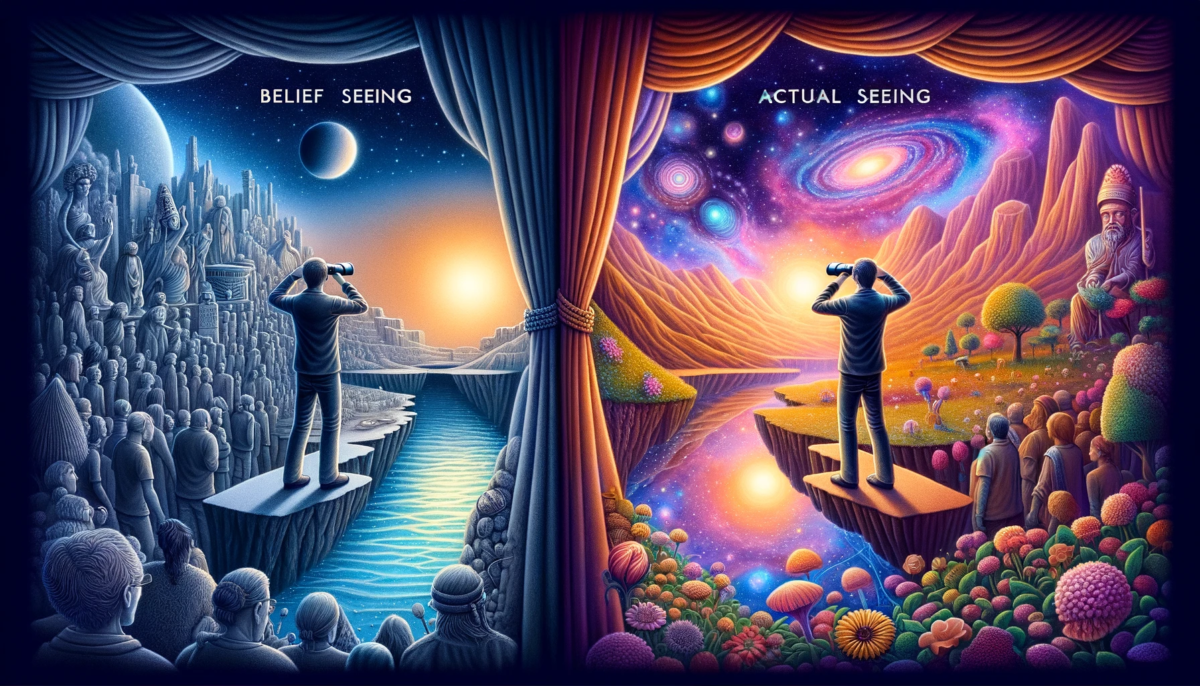
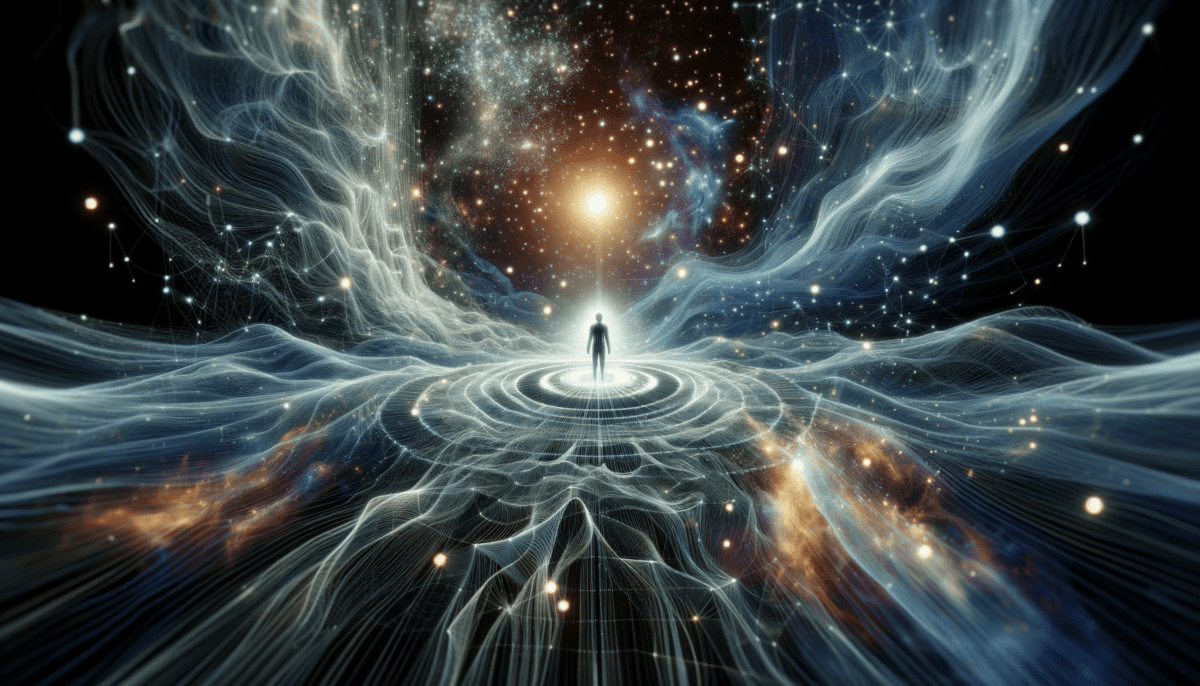
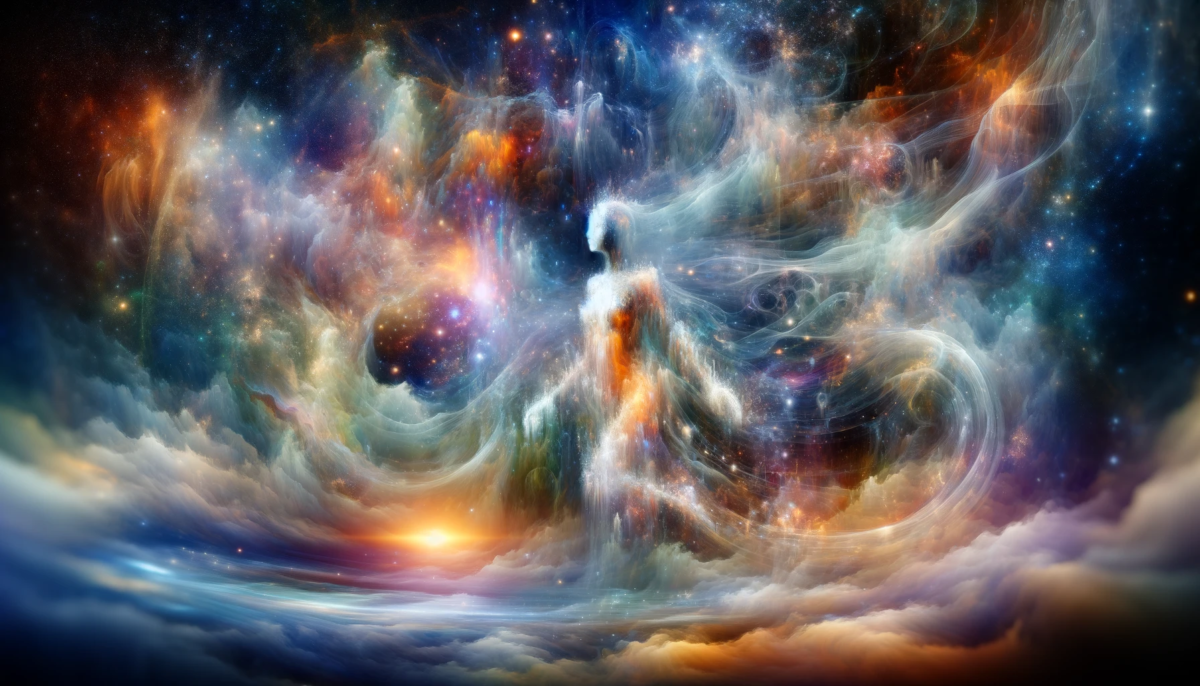
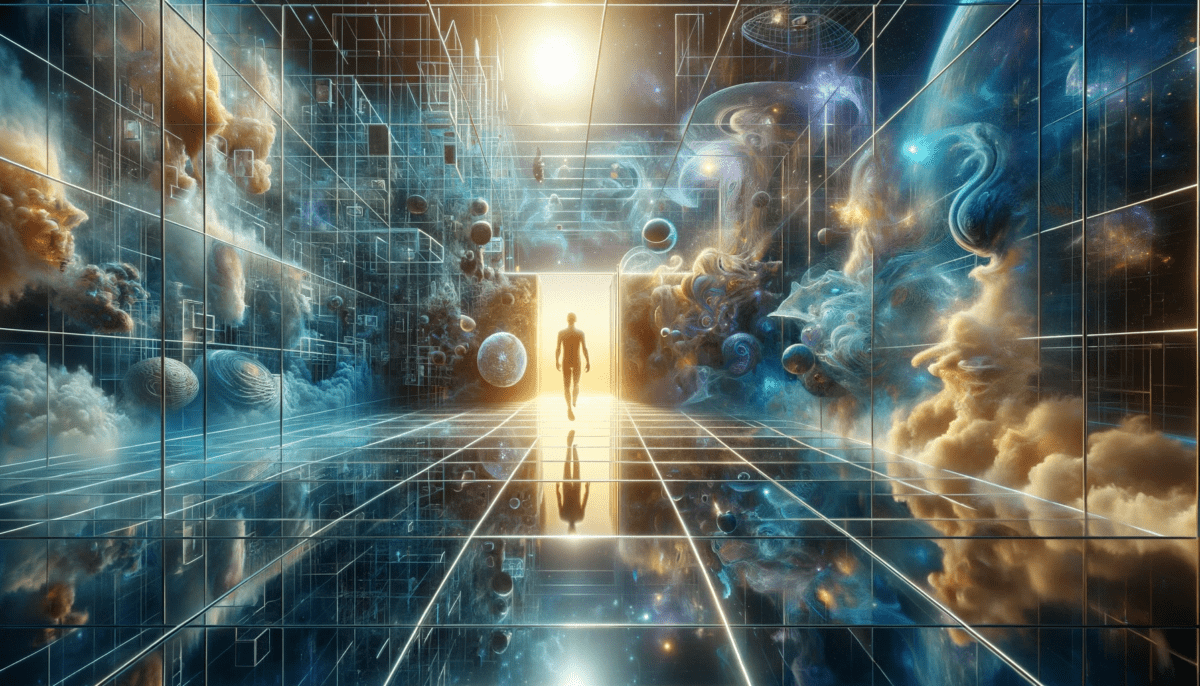
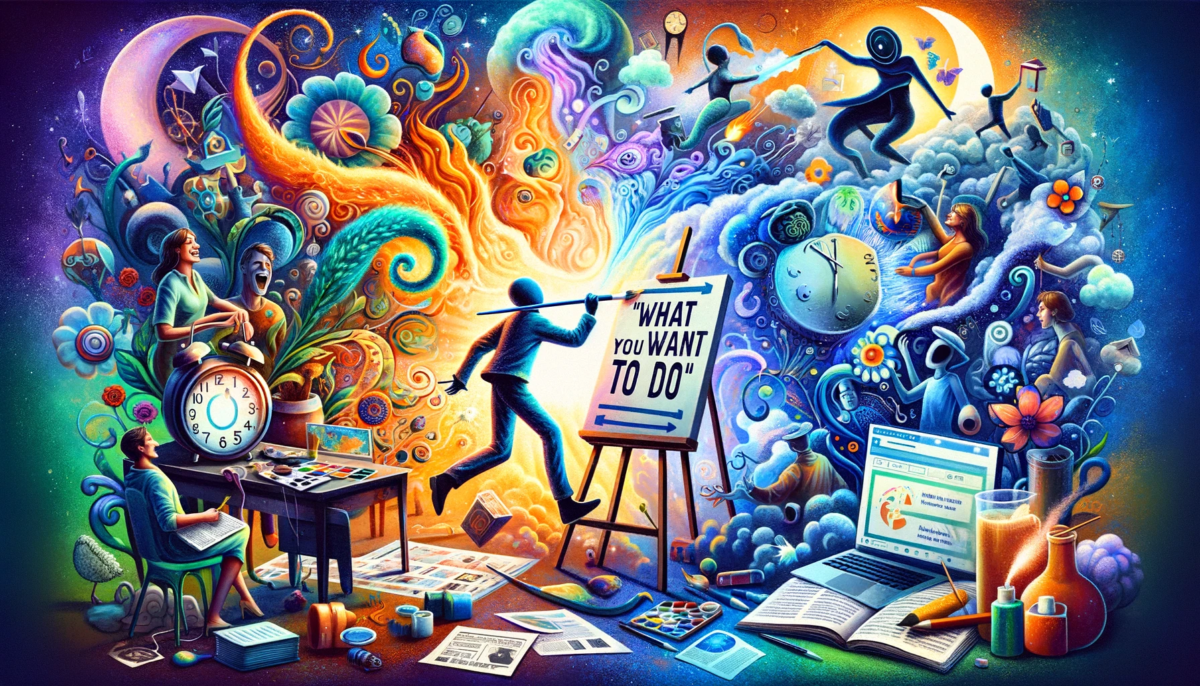

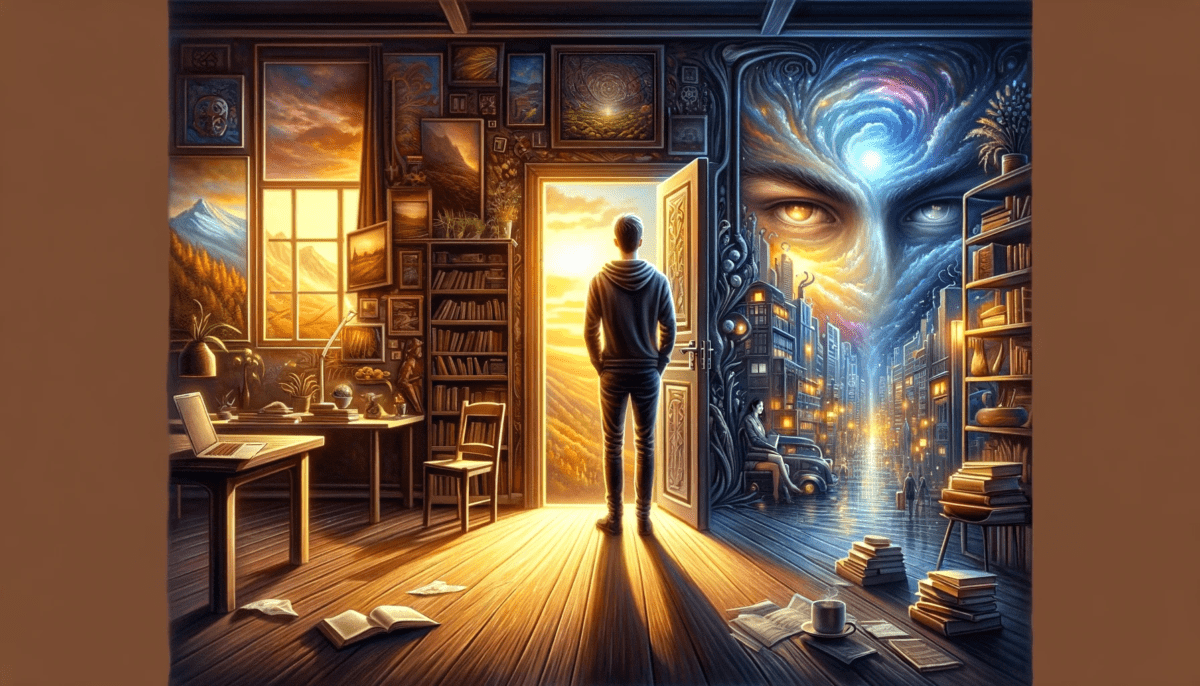
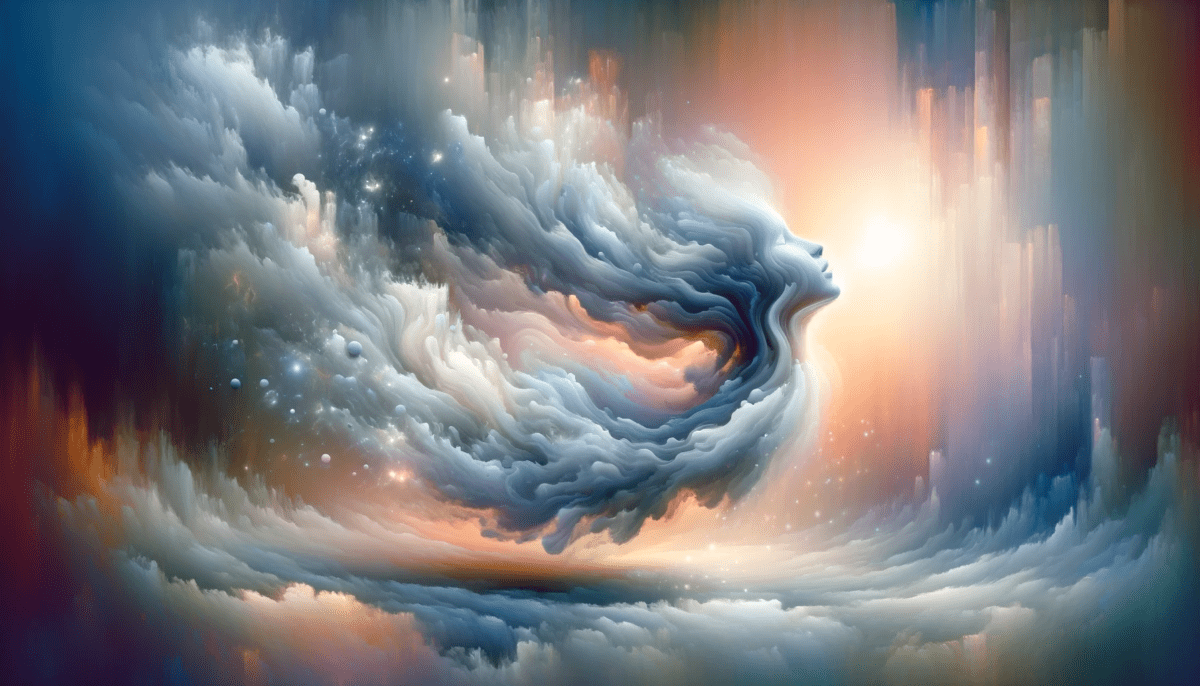
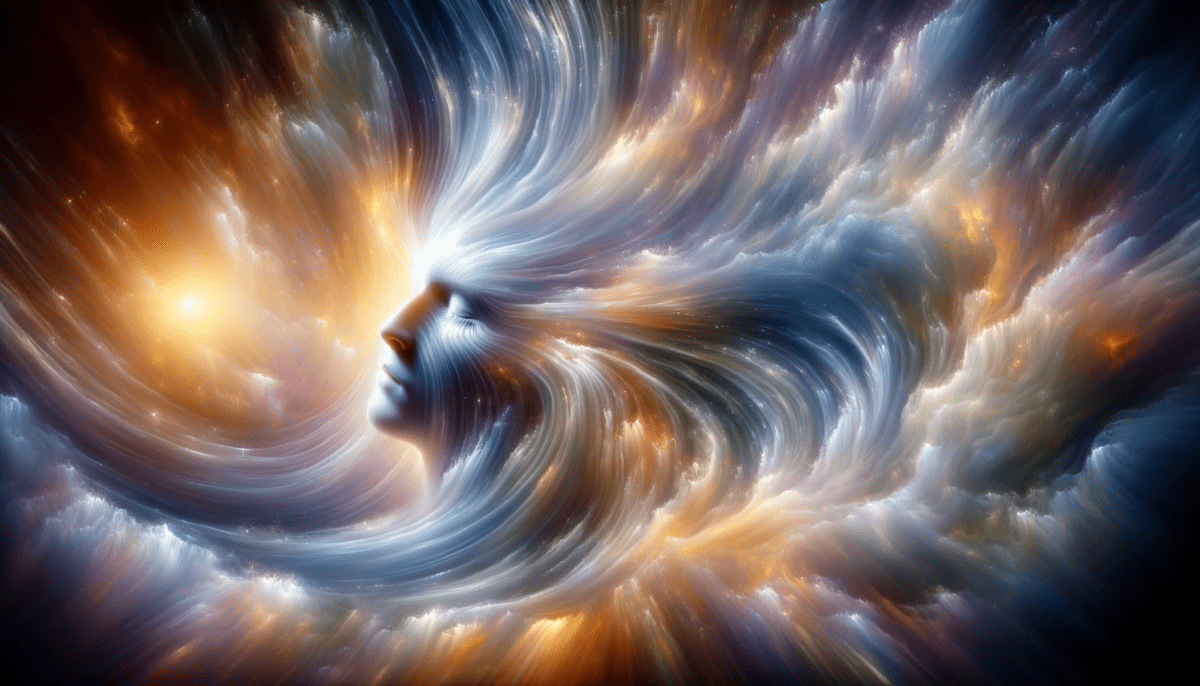
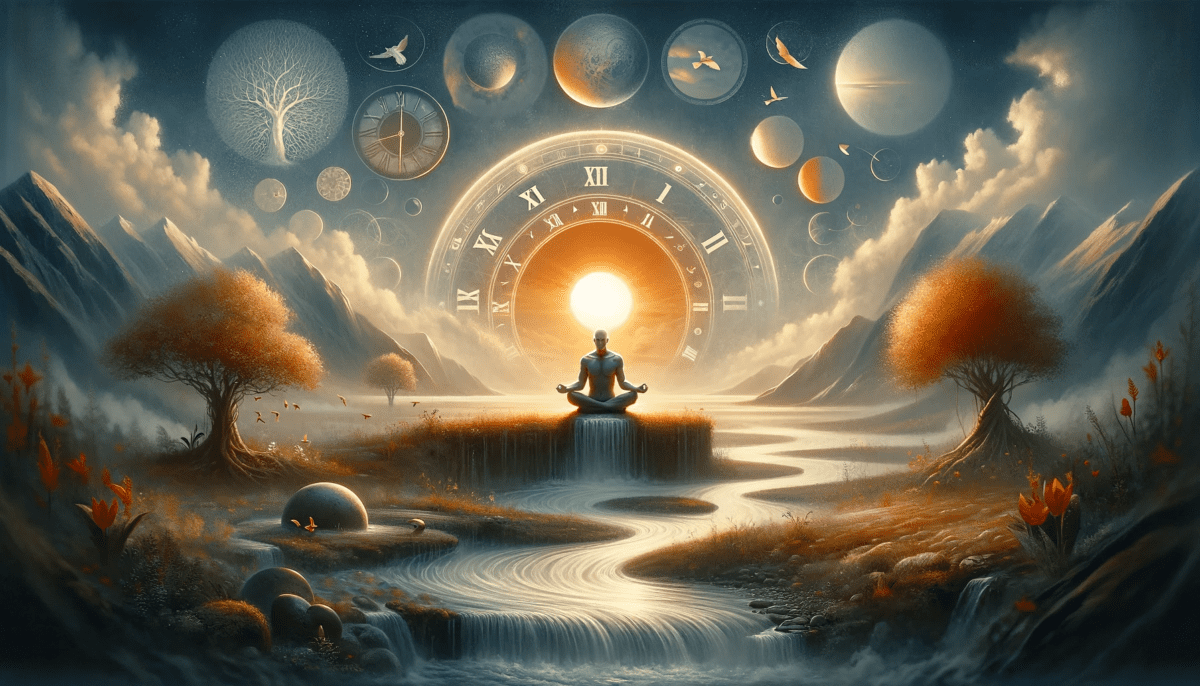
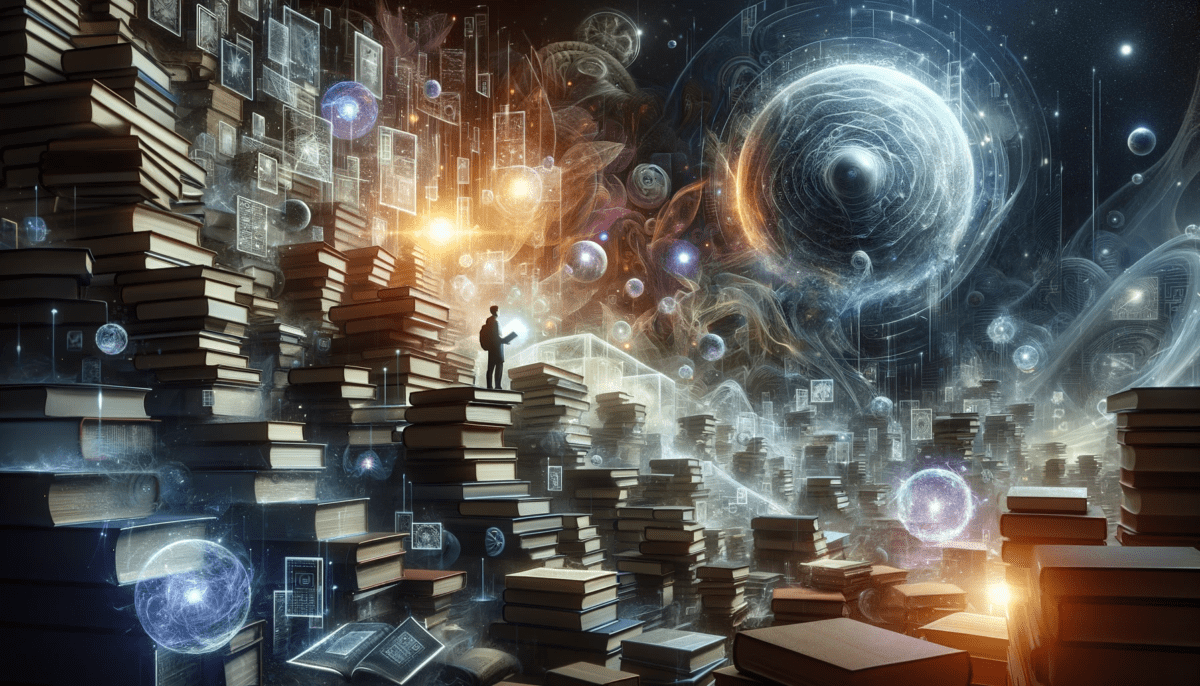
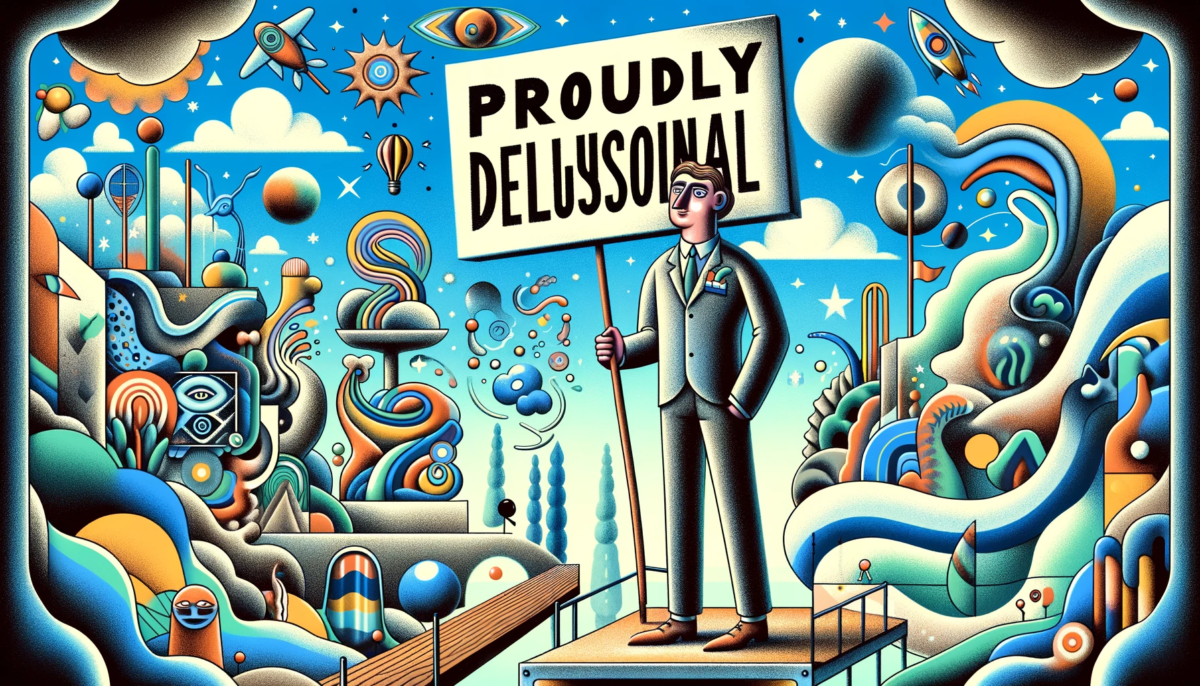
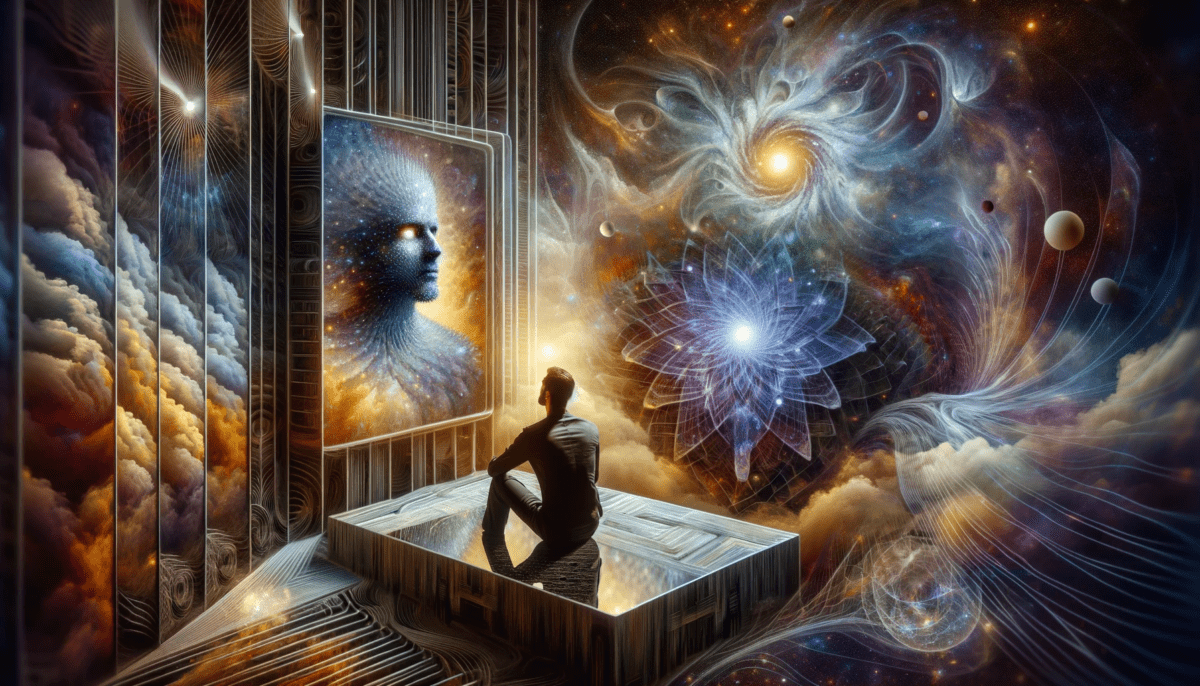
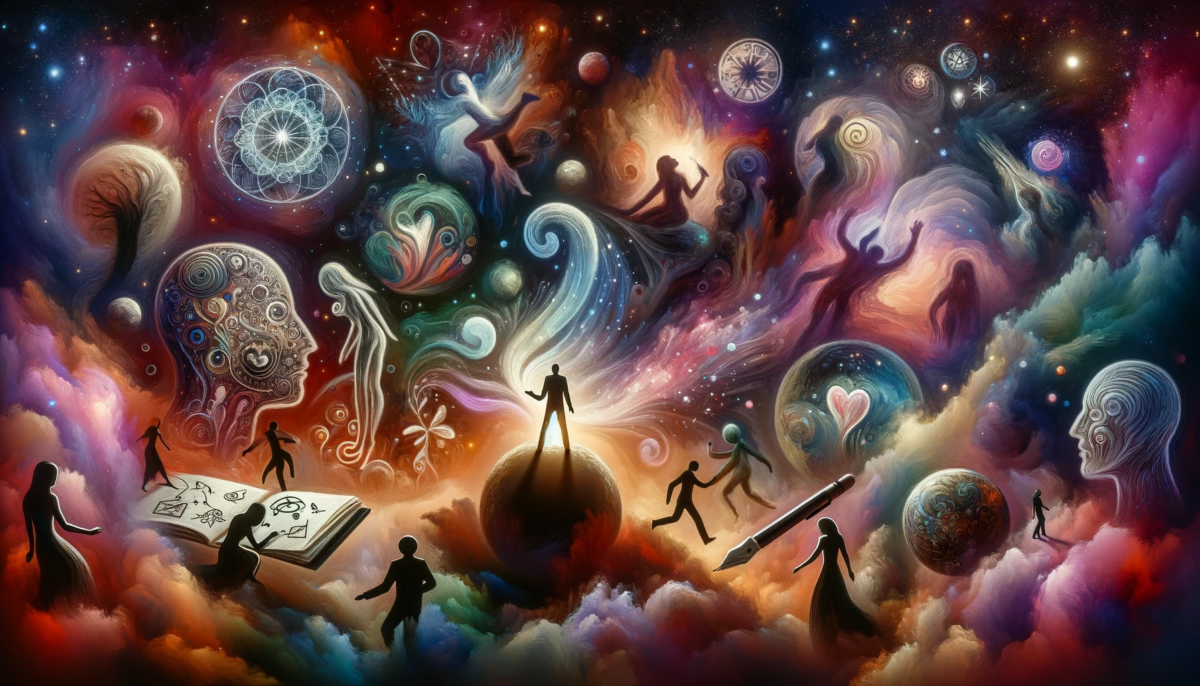
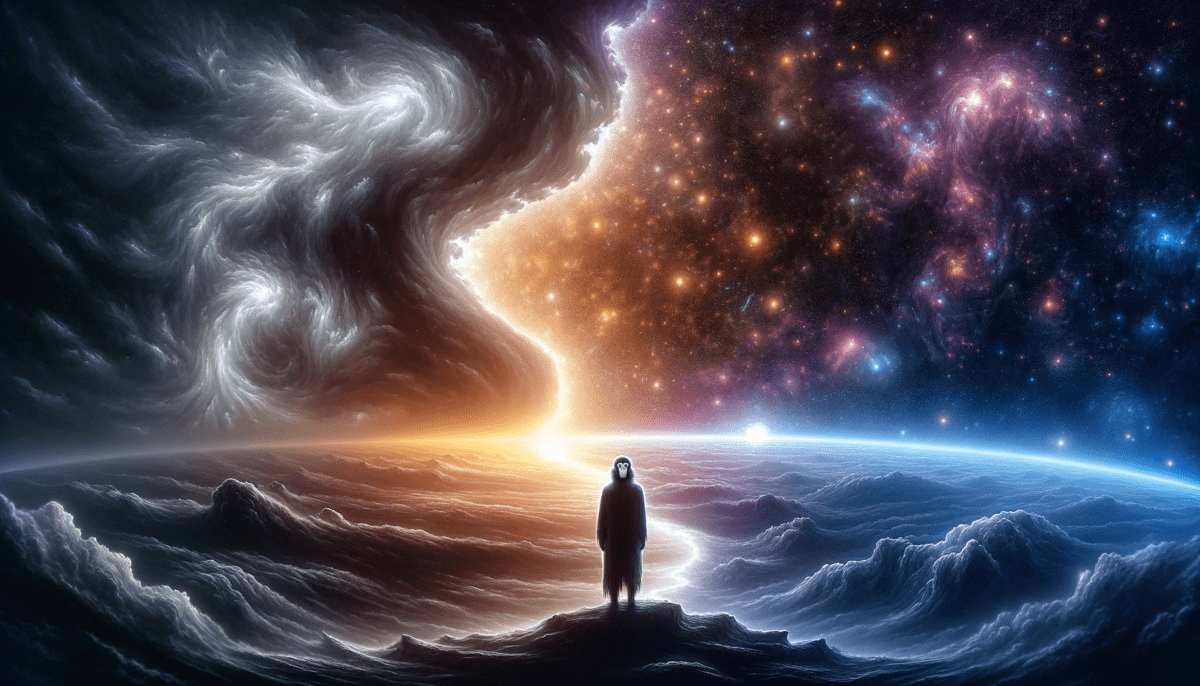
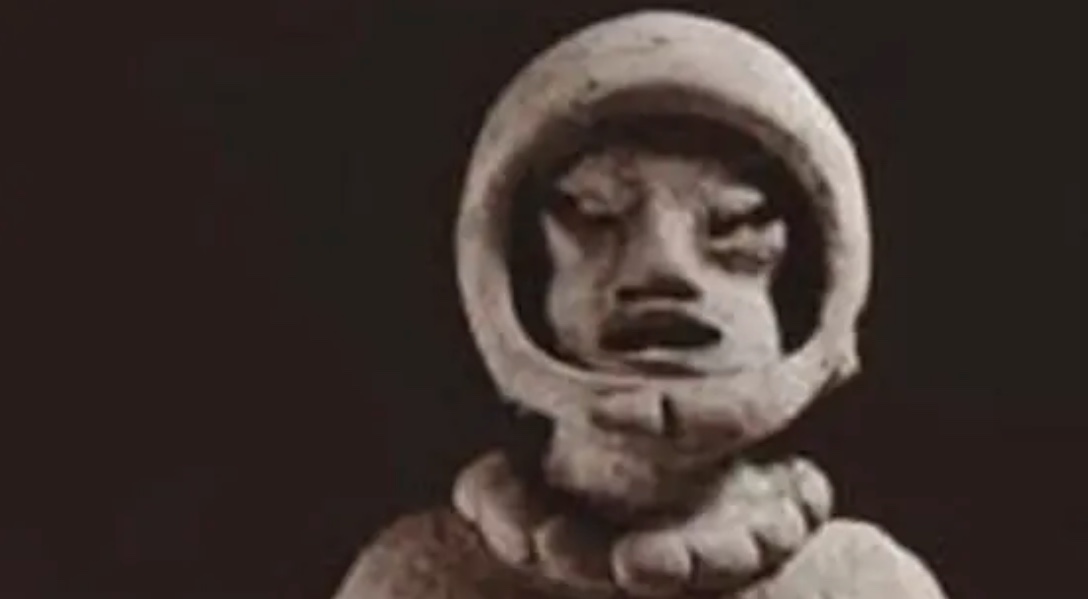

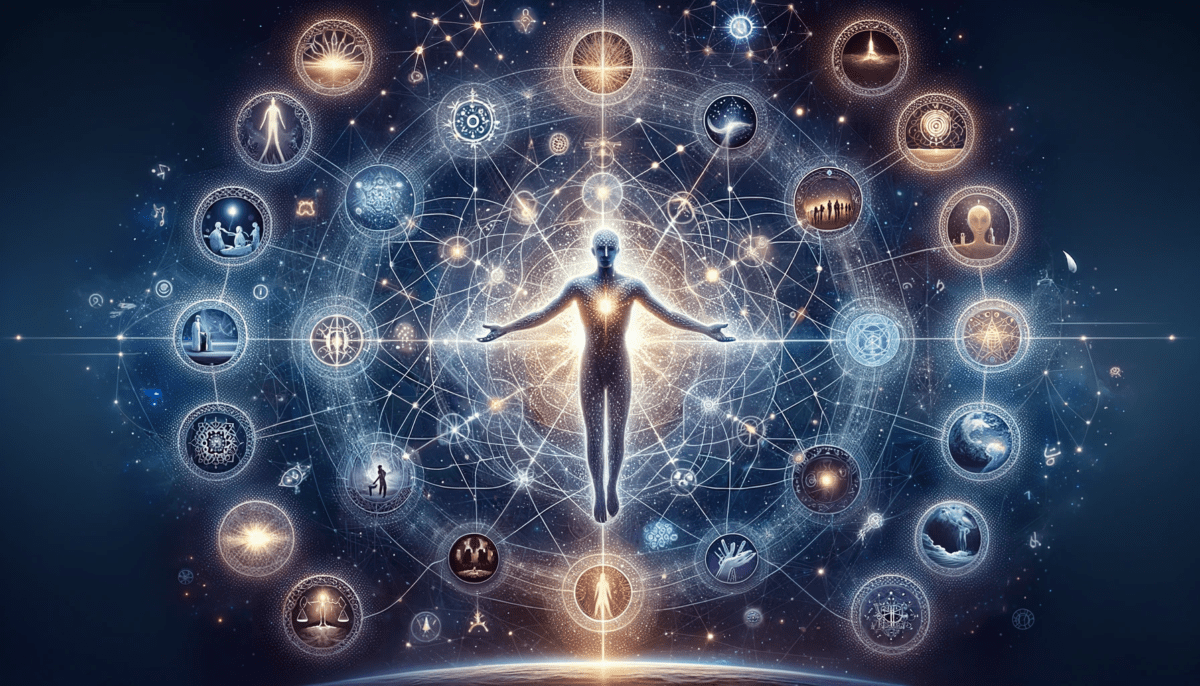
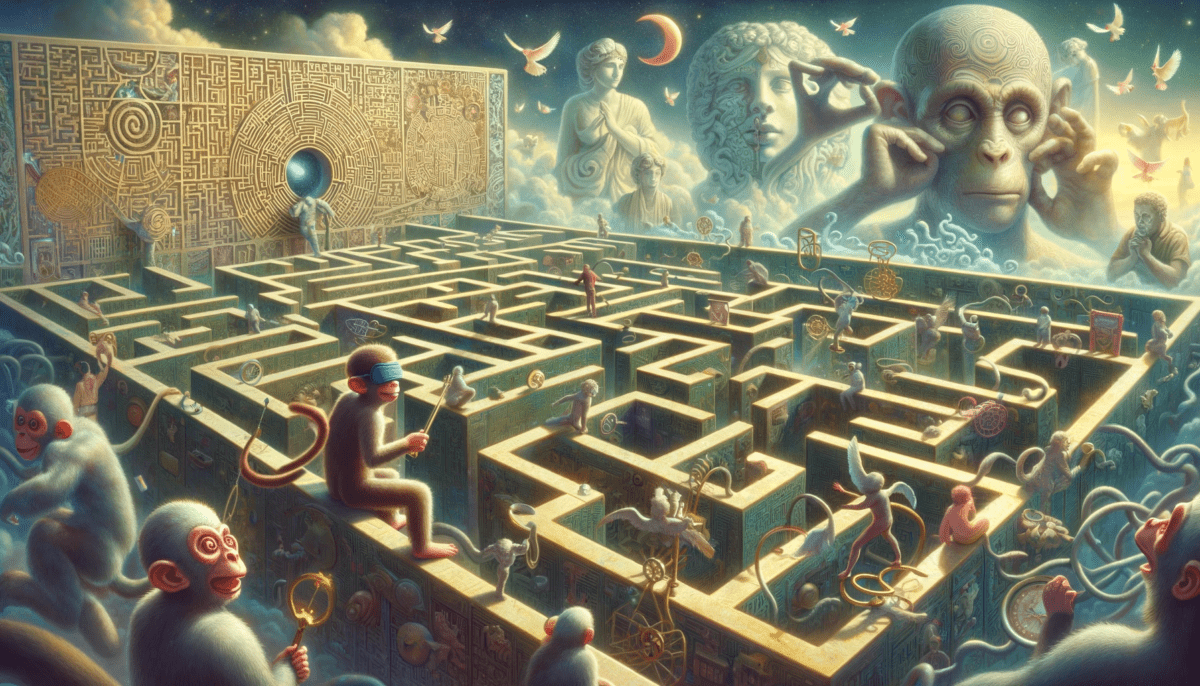
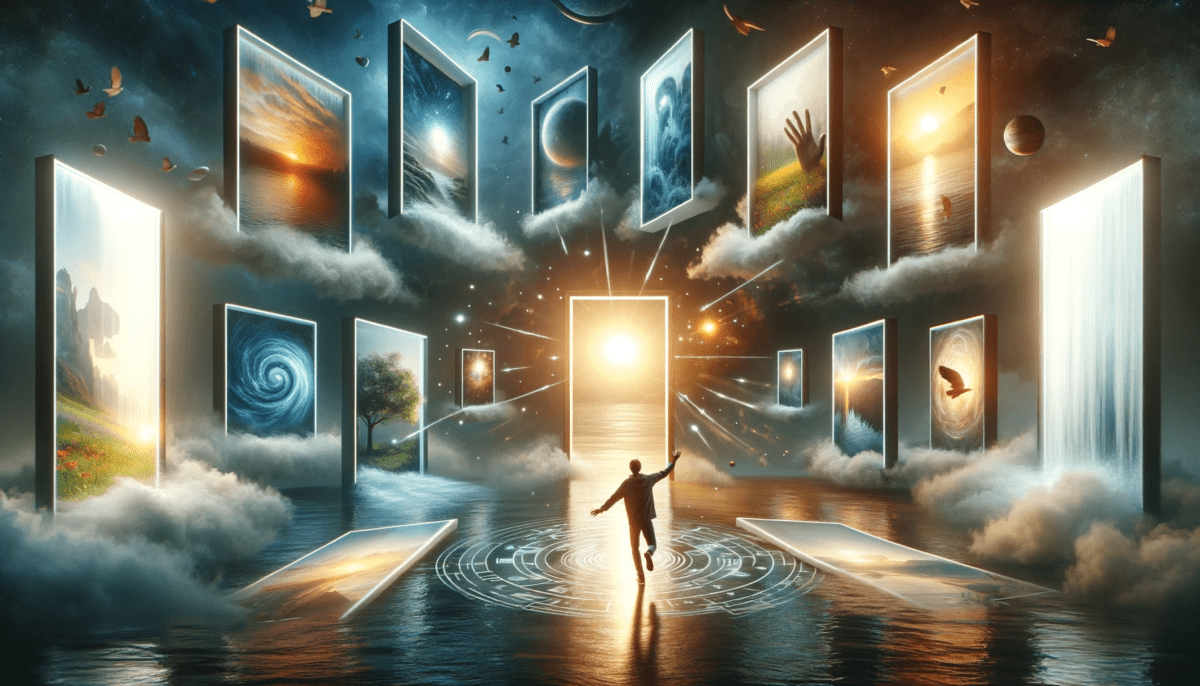
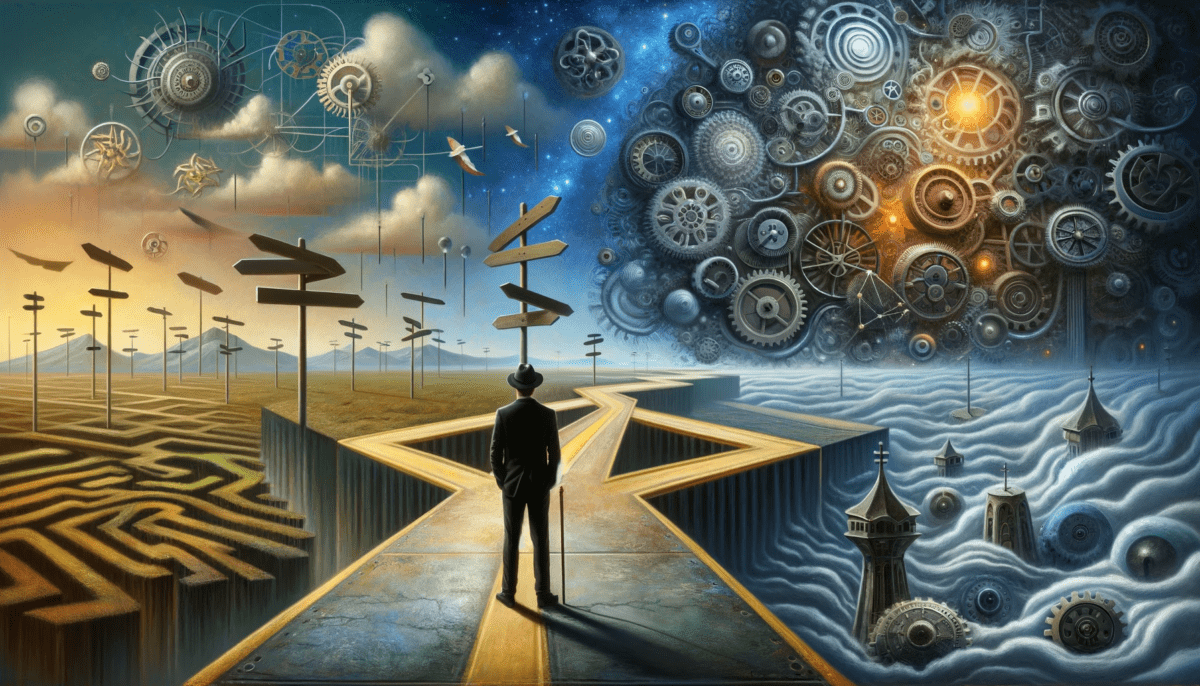

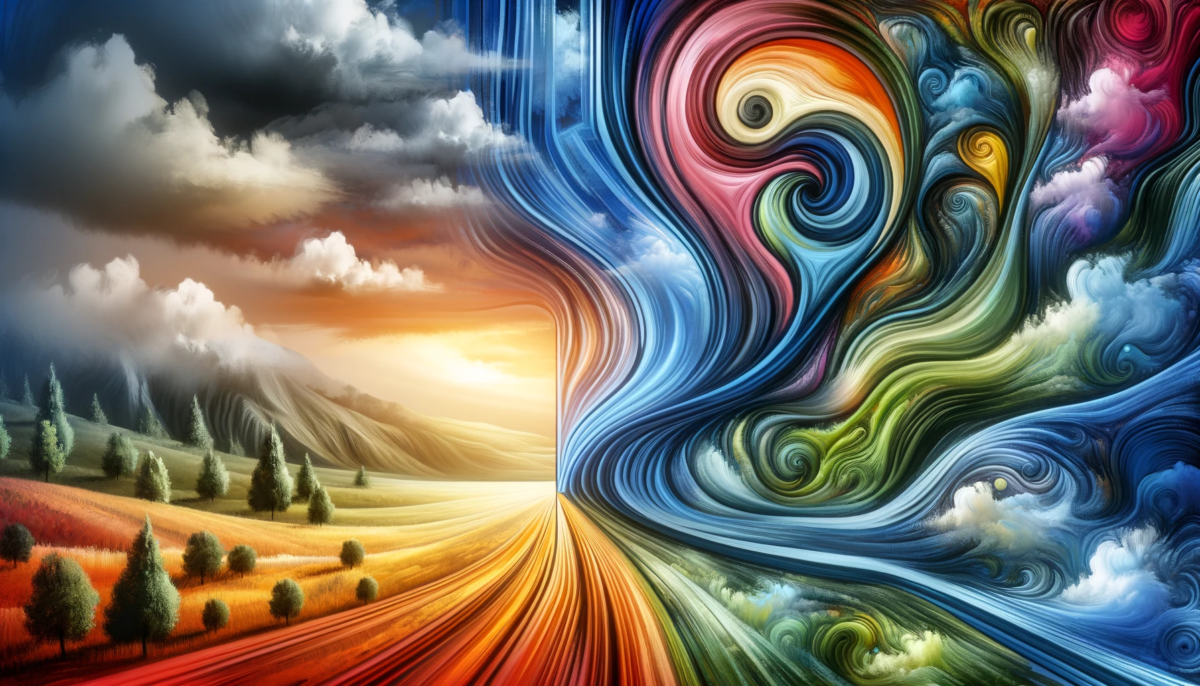
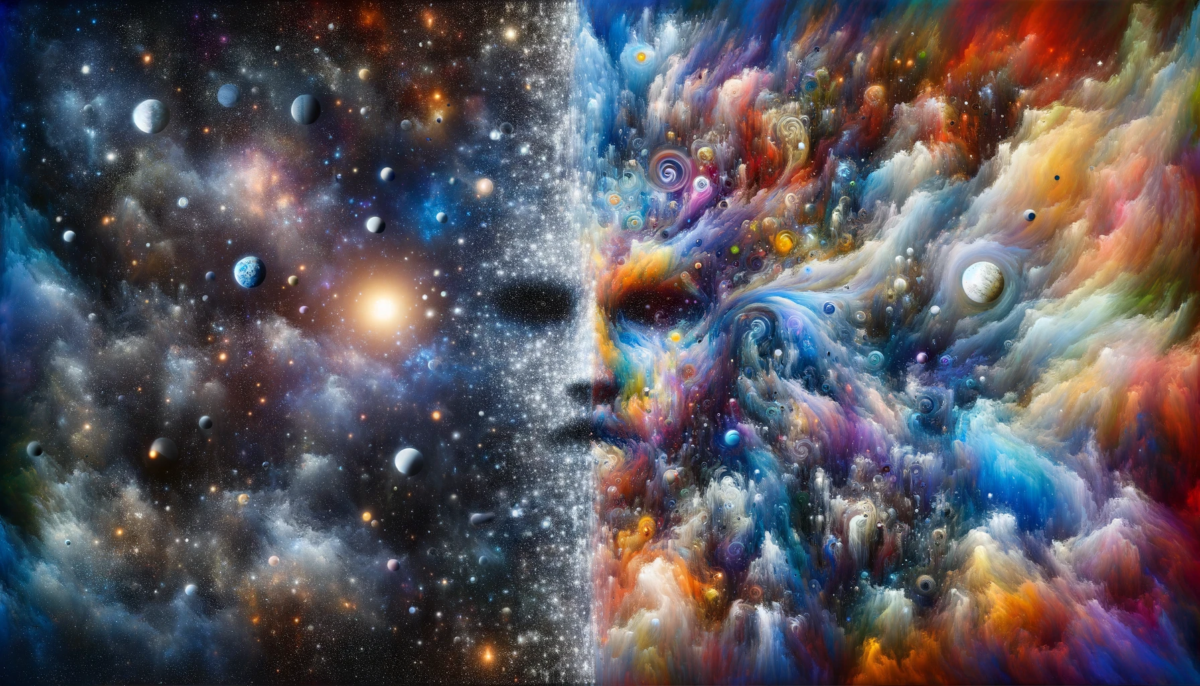
Leave a Reply